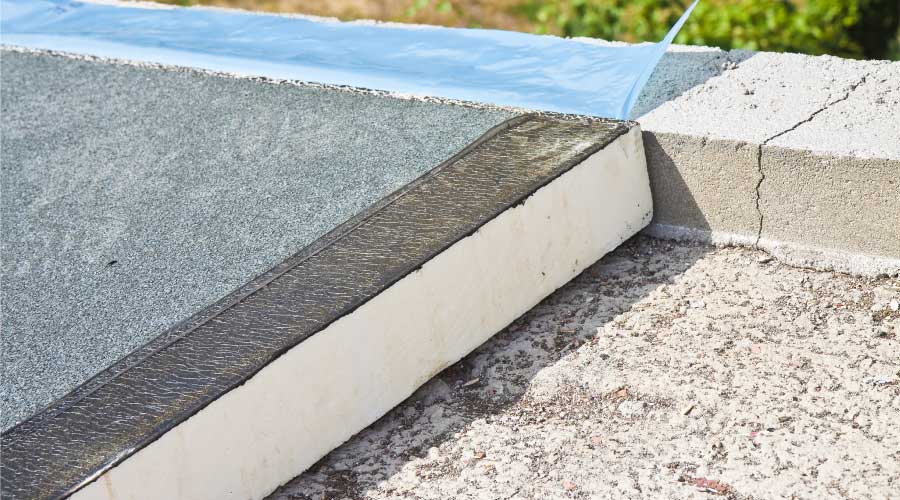Comparative Data, Coil Cleaning Can Help Restore Energy Efficiency
Obtaining comparative data on a building, making sure coils are clean, and using the utility company as a resource are all ways to help restore a building’s lagging energy efficiency, according to a group of building experts. Here’s a close look at each suggestion.
Use Energy Star Portfolio Manager to see how your building rates with other similar buildings, controlled for climate. “If you come out low, you know there are a lot of things you can do to improve the operation of your building,” Newman says.
Strazdas believes using comparative metrics is crucial for building operators. At Western Michigan, operators use such data to help evaluate a building that is a suspected “energy hog.” The comparative stats may help confirm the suspicion and lead to a deep—dive inspection, or disprove it.
Pay for proper cleaning of cooling coils. This task is hard to do correctly, Newman says. A bad job will just push the dirt into the middle where you can’t see it, or bend the fins.
“In older buildings, often the cooling coils get very dirty, not only with particulate but with what’s called biofilm, which is very sticky and attracts dirt,” he says. “And as that coil gets dirtier, the pressure resistance across it builds up, so that if you have a variable speed drive on your supply fan, it runs faster than it should due to the higher pressure it must overcome. This is a tremendous waste of energy. When you clean a coil well, you also increase the heat transfer between the air passing through the coil fins and the water in the copper tube, so you can save energy in the chiller too.”
Team up with the utility. Utility representatives can be important partners in your facility and energy master plan, Lembo says. They can, among other things, help you determine if you’re on the best rates available, and describe what incentive programs and rebates are available to ease the costs of energy conservation measures or higher—efficiency replacement equipment.
Basic Checks That Can Help Improve Building Energy Performance
What operational steps can facility managers take to improve a building’s lagging energy performance? Among the many suggestions from a group of industry veterans were some basic checks to see if you can make an energy—beneficial change. On their list:
- Make sure economizer dampers are operating properly during occupied hours, and closing properly — and completely — during unoccupied hours, says James Newman, head of Newman Consulting Group.
- Consider changing the discharge air temperature setpoint on an air handling unit. “Do you really need the air supplied to even an interior zone to be at 55 degrees in the middle of winter?” Newman asks. “Every 1—degree rise in temperature will save from 2 to 3 percent in energy use.”
- Re—examine when building occupants actually arrive to be sure you’re getting the building up or down to temperature at the right time.
- Address improper balancing. “Air and water balancing should be addressed continually as part of a continuous commissioning program in any large facility, for energy and comfort issues,” says John J. Lembo, vice president of energy services at TRC.
-
Address the stack/chimney effect. “In high-rise buildings, this issue is one of the largest contributors to energy loss, and can be addressed over time by sealing a building up,” Lembo says.
- Consider raising the leaving water temperature in a chiller. Even a 1-degree change will save about 2 percent in energy costs, Newman says.
|
Related Topics:














